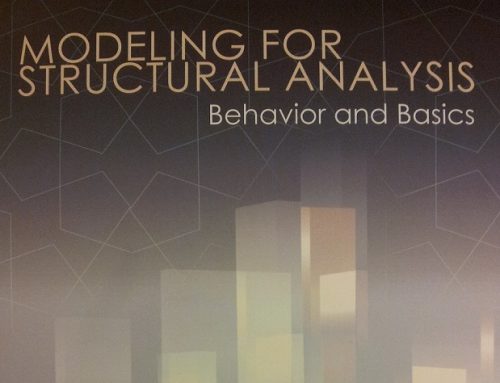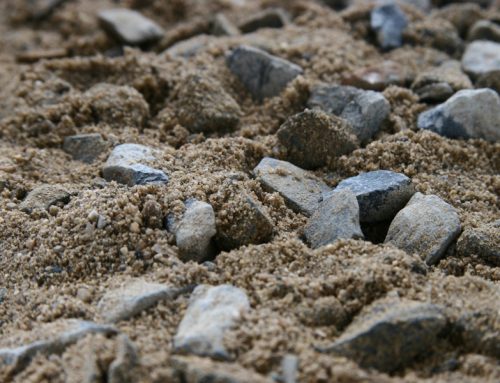Once my PhD advisor told me a story. He asked, “You might have seen simply supported beams hundreds of times in textbook illustrations, papers and presentations; Have you ever saw an actual simply supported beam as part of a real structure, with a pin support at one end and roller on the other?” I replied, “No, these support conditions are mere structural idealizations which—in almost all practical situations—are different from what we observe in everyday life”. He said, I have seen many real simply supported beams, with a real pin connection and a real roller support. I have met and discussed practicing engineers who actually designed them like that, and they told we really loved to do this. They told, we really enjoyed designing connections with actual pin-type behavior. Though, it was so easy and natural for us to put some fixity in these supports. We could have easily reduced moments on other components, we could have introduced additional redundancy in to our system, rendering it more safe and stable. But No, that’s not what we wanted. We opted for confidence on our understanding, instead of going with a blind sense of additional security. We wanted the structural behavior to be simple, predictable and crystal clear to us. We wanted to enjoy that feeling of knowing, understanding and seeing clearly that, which element is carrying which type of load? which component must be in tension? which must be in compression? etc. We wanted to control it. So therefore, we designed these connections to “follow the behavior”, and not to “follow the practice”. This is the cost we have paid to achieve and appreciate a joyful state of confidence while saying, “OK !!! we know our structure”.

A Simply Supported Beam (Source: Wikipedia)
This appreciation of understanding the structural behavior is something which is not being taught in our engineering schools. This is a way of thinking, or an art which all practicing engineers are expected to acquire. The beauty of structural design may not always lie in proposing solutions to complexly interacting problems. It may sometimes lie in finding ways to avoid those problems in the first place, and this requires deep insight of how your structure is feeling against a particular loading scenario. So, if you really want to know with certainty how is it feeling, pay the cost by designing it in such a way that it will behave as you want it to be, as clear as possible.
Is structural analysis, equivalent to simulating the behavior?
From the design point-of-view, the real purpose of structural analysis should not be just simulating our structure, as we know it. Its far more than that. It is like seeing our structures as living organisms. You have a clone of your physical structure in computer, and you can poke it. Just kicking it and computing how it responds may not be enough. The “analysis” of any object means finding out what makes that object; what is its composition, ingredients; what are the factors which are controlling those ingredients; and what can influence them. Similarly, the mere computation of response parameters is not the sole purpose of structural analysis. It must also provide the insight of ingredients which make up that response, its basic composition and contributing phenomenon etc. Therefore, for practicing engineers, just being able to simulate a physical structure—as we know it—is not useful, until they also develop the art of decomposing the results of simulation in to their ingredients, tracing them back to their original causes and then correct the design based on this improved understanding. We already observe it happening daily; e.g. most of the practical solutions for suppressing the undesirable response quantities comes from answering the simple questions, like “where the response is coming from; and what are its key components?”.
Fast numerical solvers and efficient simulating tools cannot guarantee improved understanding. We can only guarantee it by accepting the importance and appreciating the romance associated with confidence and control on structural behavior.
Fawad







Leave A Comment